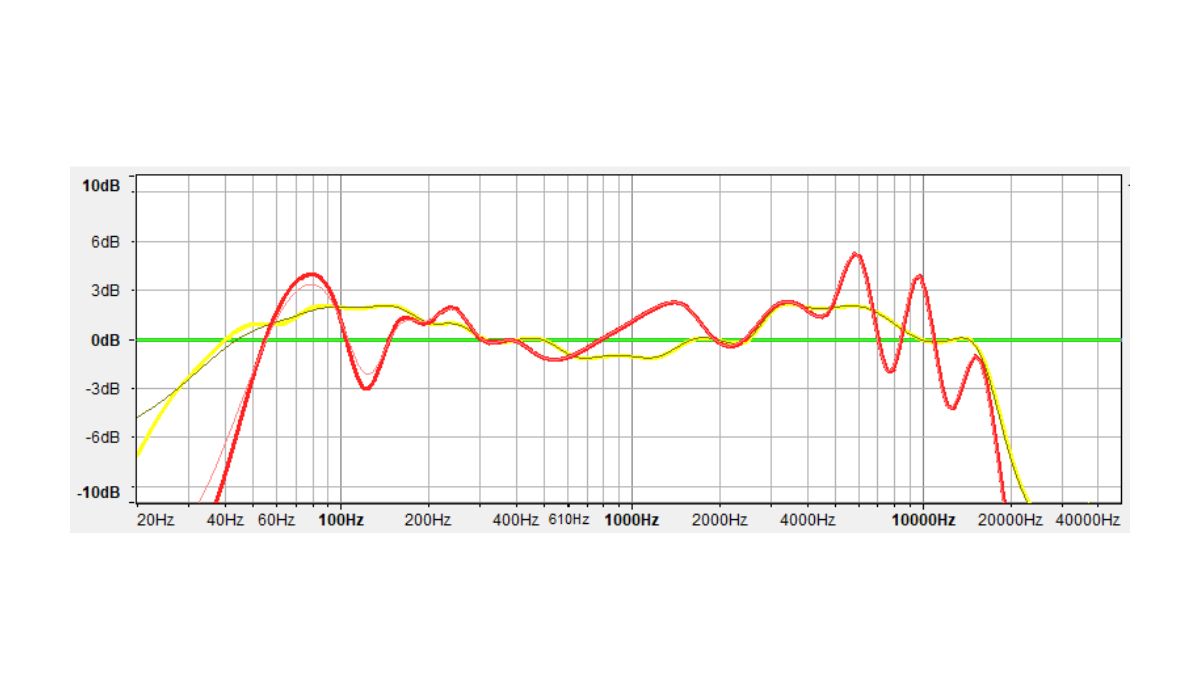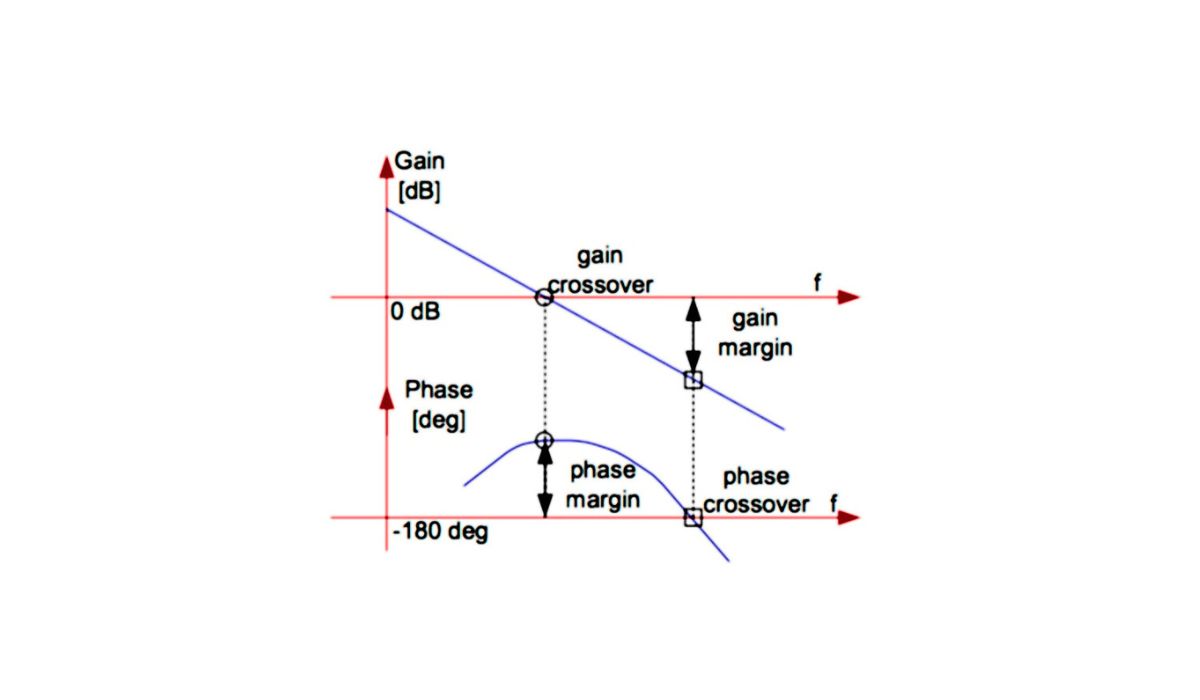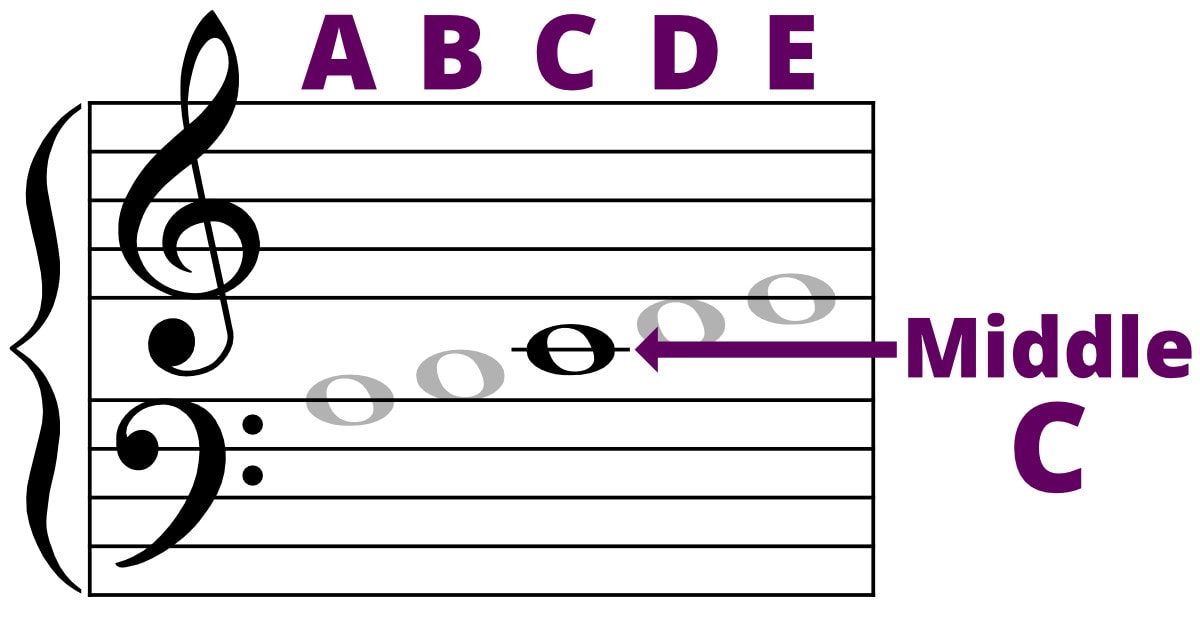Home>Events & Info>Frequency>What Frequency Is Best For Sleep


Frequency
What Frequency Is Best For Sleep
Published: February 18, 2024
Discover the ideal frequency for better sleep and relaxation. Learn how frequency can impact your sleep quality and find the best options for a restful night.
(Many of the links in this article redirect to a specific reviewed product. Your purchase of these products through affiliate links helps to generate commission for AudioLover.com, at no extra cost. Learn more)
Table of Contents
Introduction
Sleep is a fundamental aspect of human life, essential for physical health, cognitive function, and emotional well-being. While there are numerous factors that can influence the quality of sleep, including lifestyle, environment, and overall health, recent research has shown that brainwave frequencies play a crucial role in regulating the sleep cycle. Understanding the impact of different brainwave frequencies on sleep can provide valuable insights into optimizing sleep patterns and improving overall sleep quality.
In this article, we will delve into the intricate relationship between brainwave frequencies and sleep, exploring the distinct characteristics of each brainwave frequency and its potential effects on the sleep cycle. By gaining a deeper understanding of how brainwave frequencies influence sleep, individuals may be able to make informed decisions about utilizing specific frequencies to enhance their sleep experience.
Join us on this enlightening journey as we uncover the mysteries of brainwave frequencies and their profound impact on the quality of sleep. Whether you are a sleep enthusiast, a wellness advocate, or simply someone seeking to unlock the secrets of restful slumber, this exploration of brainwave frequencies and sleep holds the promise of valuable knowledge and actionable insights. Let's embark on this fascinating exploration together, as we unravel the intricate interplay between brainwave frequencies and the art of restful sleep.
Understanding Sleep Cycles
Before delving into the role of brainwave frequencies in sleep, it is essential to grasp the concept of sleep cycles. Sleep is a dynamic process characterized by distinct stages, each with its unique physiological and neurological features. The sleep cycle consists of two main types: rapid eye movement (REM) sleep and non-rapid eye movement (NREM) sleep.
NREM sleep is further divided into three stages: N1, N2, and N3. N1 marks the transition from wakefulness to sleep and is characterized by the presence of theta waves, which are associated with drowsiness and the onset of sleep. N2 is a deeper stage of sleep, during which the brain exhibits specific patterns, including sleep spindles and K-complexes. Finally, N3, also known as deep or slow-wave sleep, is the stage where the brain produces slow delta waves, and it is crucial for physical restoration and growth.
On the other hand, REM sleep is a stage associated with vivid dreams, rapid eye movements, and heightened brain activity. This stage is characterized by beta and gamma waves, similar to those present during wakefulness. Throughout the night, individuals progress through multiple cycles of NREM and REM sleep, with each cycle lasting approximately 90 minutes.
Understanding the intricacies of sleep cycles provides valuable insights into the dynamic nature of sleep and the varying brainwave frequencies that accompany each stage. By comprehending the distinct characteristics of NREM and REM sleep, we can appreciate the significance of brainwave frequencies in orchestrating the symphony of sleep.
The Role of Brainwaves in Sleep
Brainwaves, also known as neural oscillations, are rhythmic patterns of electrical activity generated by the brain. These waves are categorized into distinct frequency bands, each associated with different states of consciousness and cognitive processes. In the context of sleep, brainwave frequencies play a pivotal role in orchestrating the transitions between wakefulness and the various stages of sleep.
During wakefulness, the brain predominantly exhibits beta and gamma waves, which are linked to active thinking, problem-solving, and alertness. As an individual transitions into the drowsy state preceding sleep, the brainwave patterns shift to lower frequencies, marking the onset of the sleep cycle. Throughout the stages of NREM and REM sleep, different brainwave frequencies emerge, reflecting the diverse physiological and neurological processes occurring during each stage.
Understanding the role of brainwaves in sleep entails recognizing the intricate interplay between these neural oscillations and the regulation of sleep architecture. Each brainwave frequency contributes to the overall quality of sleep, influencing factors such as sleep depth, cognitive restoration, and emotional processing. By examining the distinct characteristics of delta, theta, alpha, beta, and gamma waves, we can unravel the profound impact of brainwave frequencies on the multifaceted nature of sleep.
As we embark on this exploration of brainwave frequencies and sleep, we will delve into the unique attributes of each frequency band, shedding light on their potential effects on sleep patterns and overall sleep quality. By gaining a deeper understanding of the role of brainwaves in sleep, individuals can harness this knowledge to optimize their sleep experiences and cultivate a greater appreciation for the intricate neurological symphony that accompanies the journey of slumber.
Delta Waves
Delta waves, also referred to as slow waves, are the lowest frequency brainwaves, typically ranging from 0.5 to 4 hertz. These waves are prominently associated with deep, restorative sleep and are most prevalent during the stage of N3 sleep, also known as slow-wave sleep. During this stage, the brain undergoes profound physiological and neurological processes, including tissue repair, immune function regulation, and the consolidation of long-term memories.
Delta waves play a crucial role in promoting physical rejuvenation and recovery during sleep. As the brain generates these slow oscillations, the body enters a state of profound relaxation, facilitating the release of growth hormone and supporting the repair of muscles and tissues. Furthermore, the presence of delta waves is linked to the preservation of cognitive function, emotional regulation, and overall well-being.
Research has shown that individuals experiencing an increased amount of delta wave activity during sleep tend to wake up feeling more refreshed and alert, underscoring the restorative power of these slow oscillations. Moreover, the presence of delta waves is associated with a reduced sensitivity to external stimuli, contributing to a deeper and more undisturbed sleep experience.
Understanding the significance of delta waves in sleep underscores the pivotal role of these slow oscillations in promoting physical recovery, cognitive vitality, and emotional balance. By embracing the restorative potential of delta waves, individuals can cultivate a deeper appreciation for the rejuvenating essence of deep sleep and harness this knowledge to optimize their sleep patterns and overall well-being.
Theta Waves
Theta waves are rhythmic oscillations that fall within the frequency range of 4 to 8 hertz and are prominently associated with the early stages of sleep, as well as with deep meditation and states of enhanced creativity. These waves play a pivotal role in facilitating the transition from wakefulness to the initial stages of sleep, marking the threshold where the conscious mind begins to relinquish its hold, allowing the individual to drift into a more relaxed and receptive state.
During the N1 stage of NREM sleep, theta waves become increasingly prevalent, signifying the onset of the sleep cycle. This transitional period is characterized by a sense of drowsiness and the gradual disengagement from external stimuli. Moreover, theta waves are known to play a role in the integration of sensory experiences and emotional processing, contributing to the initial stages of dreaming and memory consolidation during sleep.
Beyond sleep, theta waves are also observed during deep meditative practices, where they are linked to profound relaxation, heightened introspection, and states of expanded consciousness. Furthermore, theta waves are associated with enhanced creativity and insight, providing a fertile ground for innovative thinking and problem-solving.
Understanding the significance of theta waves illuminates their role in shaping the transitional states between wakefulness and sleep, as well as their potential impact on creative cognition and emotional integration. By recognizing the influence of theta waves on the sleep cycle and cognitive processes, individuals can gain a deeper appreciation for the intricate interplay between neural oscillations and the realms of sleep, creativity, and emotional well-being.
Alpha Waves
Alpha waves are neural oscillations that fall within the frequency range of 8 to 12 hertz and are prominently associated with states of relaxed wakefulness and light meditation. These waves are characterized by their smooth, regular pattern and are often observed when individuals are in a state of wakeful relaxation, such as during moments of reflection, light meditation, or while engaging in activities that evoke a sense of calm and tranquility.
During the transition from wakefulness to sleep, alpha waves play a significant role, marking the bridge between alert consciousness and the initial stages of relaxation. As individuals begin to unwind and prepare for sleep, the prevalence of alpha waves diminishes, giving way to the emergence of slower theta waves, which accompany the onset of drowsiness and the transition into deeper stages of sleep.
Furthermore, alpha waves are associated with enhanced states of focus and attention, often observed in individuals who are engaged in creative endeavors, problem-solving, or activities that demand sustained cognitive effort. The presence of alpha waves during wakeful relaxation signifies a state of receptive alertness, where the mind is calm and open to introspection and creative ideation.
Understanding the significance of alpha waves sheds light on their role in facilitating the transition from wakefulness to relaxation, as well as their potential influence on cognitive processes and states of focused attention. By recognizing the impact of alpha waves on the spectrum of wakeful consciousness and their subsequent modulation during the onset of sleep, individuals can gain a deeper understanding of the intricate interplay between neural oscillations and the dynamics of relaxation, focus, and cognitive engagement.
Beta Waves
Beta waves are neural oscillations that fall within the frequency range of 12 to 30 hertz and are prominently associated with wakeful alertness, focused concentration, and active problem-solving. These waves are characterized by their rapid, desynchronized pattern and are prevalent during states of heightened cognitive engagement, critical thinking, and sensory awareness.
During wakefulness, beta waves dominate the brain’s electrical activity, reflecting states of active thinking, information processing, and external attentiveness. As individuals navigate their daily activities, engage in problem-solving tasks, or maintain a heightened state of alertness, beta waves serve as the neural signature of wakeful consciousness and cognitive arousal.
As individuals transition from wakefulness to the initial stages of sleep, the prevalence of beta waves diminishes, giving way to slower alpha and theta waves, which mark the onset of relaxation and the transition into deeper states of sleep. The modulation of beta wave activity during this transition underscores the dynamic interplay between wakeful alertness and the gradual descent into states of relaxation and sleep.
Furthermore, beta waves are linked to states of stress, anxiety, and hyperarousal, where an individual’s cognitive processes become heightened and agitated. In such instances, the excessive presence of beta wave activity may contribute to restlessness and difficulty in achieving a relaxed state conducive to sleep.
Understanding the significance of beta waves provides insights into their role in shaping wakeful alertness, cognitive engagement, and the modulation of neural activity during the transition to relaxation and sleep. By recognizing the impact of beta waves on the spectrum of wakeful consciousness and their subsequent modulation during the onset of sleep, individuals can gain a deeper understanding of the intricate interplay between neural oscillations and the dynamics of cognitive arousal, relaxation, and the transition into sleep.
Gamma Waves
Gamma waves are high-frequency neural oscillations that typically range from 25 to 100 hertz and are associated with heightened cognitive function, information processing, and states of heightened awareness. These waves are known for their rapid, synchronized pattern and are prevalent during tasks that demand high-level cognitive processing, complex problem-solving, and heightened sensory perception.
During wakefulness, gamma waves play a crucial role in orchestrating the brain’s capacity for complex information processing, memory consolidation, and the integration of sensory input. Individuals engaged in activities that require sustained attention, rapid decision-making, and intricate cognitive operations often exhibit heightened gamma wave activity, reflecting the brain’s dynamic engagement with the external environment.
While gamma waves are predominantly associated with wakeful states, recent research has also revealed their presence during REM sleep, particularly in association with vivid dreaming, memory consolidation, and emotional processing. This suggests that gamma waves may contribute to the cognitive and emotional dimensions of the dream experience, underscoring their multifaceted role in shaping the landscape of sleep and consciousness.
Furthermore, gamma waves are implicated in states of deep meditation and heightened spiritual awareness, where individuals may experience transcendent states of consciousness, enhanced perceptual clarity, and profound introspection. The presence of gamma wave activity during such states underscores their potential link to expanded consciousness and the integration of holistic experiences.
Understanding the significance of gamma waves provides insights into their role in shaping wakeful cognition, sensory integration, and the potential modulation of neural activity during REM sleep and meditative states. By recognizing the impact of gamma waves on the spectrum of wakeful consciousness and their potential involvement in the cognitive and emotional dimensions of sleep, individuals can gain a deeper understanding of the intricate interplay between neural oscillations and the dynamics of cognitive function, sensory perception, and consciousness.
Finding the Best Frequency for Sleep
Optimizing brainwave frequencies for improved sleep quality involves a multifaceted approach that encompasses environmental, lifestyle, and cognitive factors. While each individual may exhibit unique responses to specific brainwave frequencies, there are overarching strategies that can be employed to foster an environment conducive to restful sleep.
One approach involves leveraging external stimuli, such as binaural beats and isochronic tones, to influence brainwave activity and promote relaxation. Binaural beats, which involve the presentation of two slightly different frequencies to each ear, are purported to entrain the brain into specific frequency patterns, including those associated with relaxation and sleep induction. Similarly, isochronic tones, characterized by distinct, evenly spaced pulses of sound, are believed to elicit synchronous brainwave activity, potentially influencing the transition into sleep-promoting frequencies.
Moreover, mindfulness practices, meditation, and deep breathing exercises have been shown to modulate brainwave frequencies, particularly those associated with relaxation and the reduction of stress and anxiety. By incorporating these practices into a bedtime routine, individuals may cultivate a mental and physiological environment conducive to transitioning into sleep-promoting brainwave frequencies.
Another pivotal aspect of optimizing brainwave frequencies for sleep involves creating a sleep-conducive environment, characterized by comfortable bedding, minimal ambient noise, and optimal temperature and lighting conditions. By fostering a tranquil and comfortable sleep environment, individuals can mitigate external factors that may interfere with the natural modulation of brainwave frequencies during the sleep cycle.
Furthermore, establishing consistent sleep schedules and engaging in regular physical activity can contribute to the regulation of brainwave frequencies, promoting a healthy sleep-wake cycle and enhancing the natural transition into restorative sleep states. Consistency in sleep patterns and physical exercise can influence the synchronization of circadian rhythms and the modulation of brainwave frequencies associated with the sleep cycle.
Ultimately, finding the best frequency for sleep involves a personalized exploration of strategies that resonate with individual preferences, physiological responses, and lifestyle dynamics. By integrating mindfulness practices, optimizing the sleep environment, and embracing holistic approaches to sleep hygiene, individuals can embark on a journey to discover the brainwave frequencies that best support their unique sleep experiences, fostering restful slumber and overall well-being.
Conclusion
The intricate interplay between brainwave frequencies and the dynamics of sleep unveils a captivating tapestry of neural oscillations that shape the landscape of restful slumber. From the tranquil rhythms of delta waves to the creative expanses of theta waves, and the wakeful alertness of alpha, beta, and the cognitive intricacies of gamma waves, each frequency band contributes to the symphony of sleep in its unique way.
Understanding the profound impact of brainwave frequencies on the sleep cycle empowers individuals to explore innovative approaches to enhancing sleep quality. By embracing mindfulness practices, leveraging external stimuli, and cultivating sleep-conducive environments, individuals can embark on a journey to discover the brainwave frequencies that best resonate with their unique physiological and cognitive responses, fostering restful slumber and overall well-being.
As we unravel the mysteries of brainwave frequencies and their influence on sleep, we gain a deeper appreciation for the profound interconnectedness of neural oscillations, cognitive states, and the art of restful slumber. This exploration invites us to embrace the multifaceted dimensions of sleep, recognizing the potential for optimizing brainwave frequencies to cultivate a profound sense of rejuvenation, cognitive vitality, and emotional balance.
Ultimately, the journey to finding the best frequency for sleep is a deeply personal odyssey, guided by an understanding of the intricate interplay between brainwave frequencies and the multifaceted nature of sleep. By embracing this knowledge, individuals can embark on a transformative quest to unlock the restorative potential of sleep, harnessing the symphony of brainwave frequencies to orchestrate a harmonious and rejuvenating sleep experience.
As we conclude this exploration, let us embark on this journey with a newfound sense of curiosity and reverence for the profound influence of brainwave frequencies on the art of restful slumber. May this understanding illuminate our path toward optimizing sleep quality, nurturing the body, mind, and spirit, and embracing the transformative power of the symphony of brainwave frequencies in the realm of sleep.











